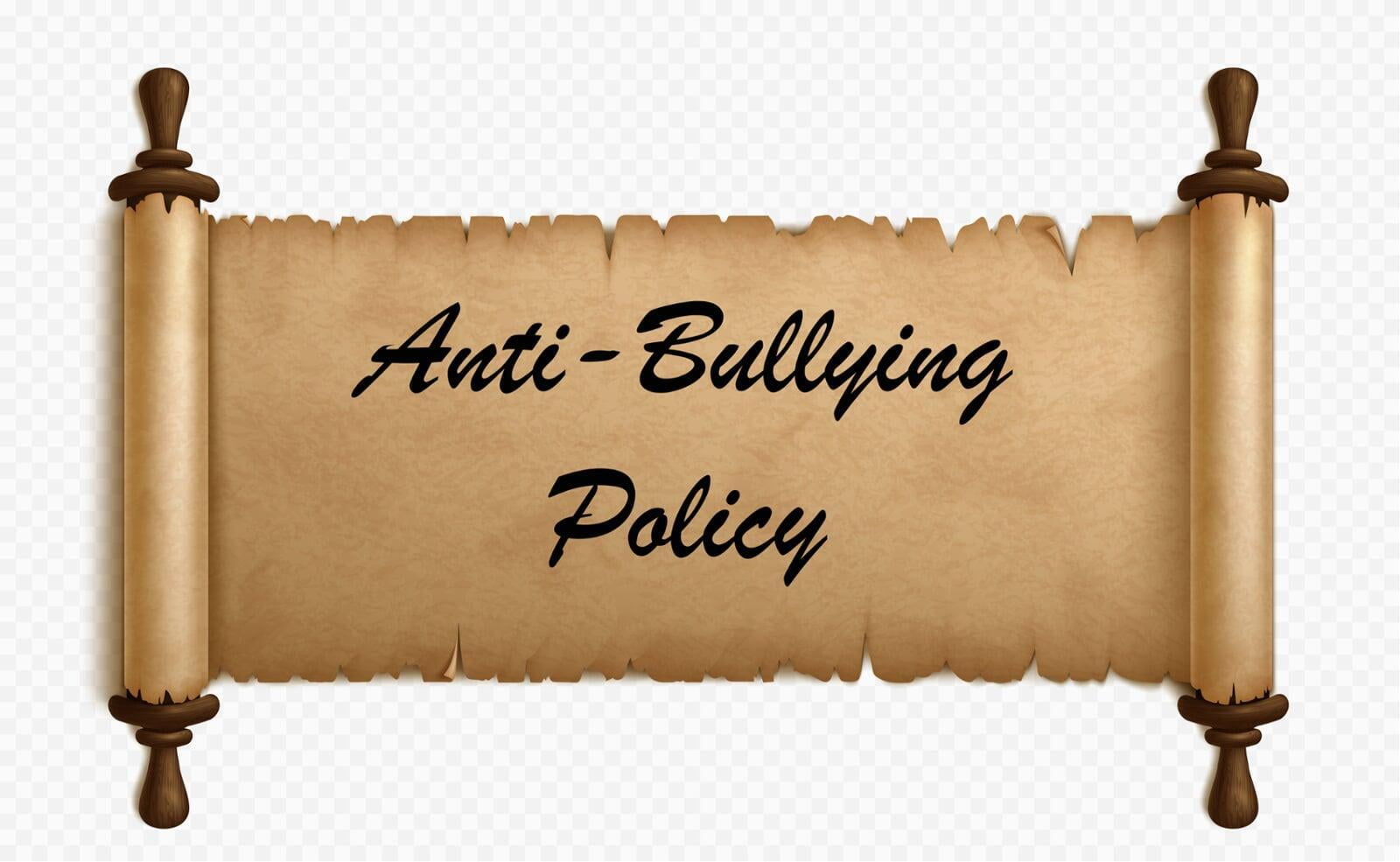Five Points to Consider

We create policies when we need deliberate and explicit guidelines about conducting a specific aspect of a business. Unfortunately, when it comes to workplace bullying, many policies lack the essential outline that would make them truly effective. I’ve been reading many of them lately, and they all boil down to the same issues shown in the SHRM template. (https://www.shrm.org/resourcesandtools/tools-and-samples/policies/pages/workplace-bullying.aspx) Workplace bullying is defined and differentiated from harassment (a legal definition), and a stand is taken against it. This definition and stance are important, but they represent only the beginning of a solid policy for your organization. If you adopt this bare-bones approach, many aspects are left out, leaving critical questions and safeguards unanswered.
So, here are five essential questions you should answer if you attempt to draft one of these policies for your workplace.
1. Who owns the policy process? HR is often designated as the keeper of all things related to employee behavior and compliance in a workplace. However, in union environments or larger organizations, Labor Relations Officers and Employee Relations Personnel would also be appropriate holders of the process. HR should not always be seen as the default holder.
Most workplace advocates who have been bullied have experienced HR supporting management regarding workplace bullying. Nonetheless, HR must be included in the process at specific points, and these points should be defined. For example, as the keeper of employee/employer compliance, determining the point where workplace bullying must be reported to HR should be included. Also, the HR process should consist of checking personnel files. Many bullies try to alter performance reviews of targets by changing reports or filing unclear and damning behavioral complaints in these files. These are just some of the reasons the keeper of the process needs to be clearly stated.
2. Is there a straightforward complaint process to follow? The policy should detail the complaint process so that the same process is followed each time. Many targets are already suffering from extreme stress when they make a complaint. What to do next should not be in question.Consistency and completeness of a complaint form or process will ensure confidence in the procedure and help employees feel that their concerns will be addressed as a regular part of guaranteeing the psychological safety of the workplace.
3. Is there an appropriate investigative structure in place? The format for investigating workplace bullying must suit the organization, the culture, and how the work is done. Using a private investigator is the process that SHRM (https://www.shrm.org/resourcesandtools/legal-and-compliance/employment-law/pages/internal-investigations-bullying.aspx) recommends, although this route might not be appropriate in all cases. The organization needs to consider an investigative form that will assure employees that they will be heard and that the process will be fair. For example, in a union environment, an independent panel of workers may be appropriate to listen to the complaint and evidence before making a decision. While some professional organizations have hired independent investigators or lawyers to research the complaint process, health organizations may prefer a more clinical route. Whatever your organization chooses, the investigative process should be consistent.
4. What happens next? Most targets have been suffering for months and even years before they work up the nerve to report their harassment. What is missing from most policies is what will happen to the complaining target and the alleged bully during the complaint investigation. Both parties need to be separated after a complaint is filed, and both parties need to be protected until a thorough examination can be conducted.
5. What are the consequences? There need to be clear consequences for 1) those who are determined to be bullying someone, as well as 2) those who file a claim that is determined to be false. Consequences are critical in workplace bullying, so the outcome is well known throughout the organization and acts as a deterrent to behavior that harms everyone in the workplace.
☺ Does your workplace need a policy to cover workplace bullying? Or do you need a current policy review? I partner with organizations to develop psychologically healthy workplaces. With a background in organizational psychology and as a former legal assistant, I can help you create what you need to satisfy your employees and develop a psychologically safe work environment.
*Note: Scroll image: <a href="https://www.freepik.com/free-vector/realistic-open-parchment-scroll-transparent_39845337.htm#query=ancient%20scroll&position=2&from_view=search&track=ais">Image by upklyak</a> on Freepik
